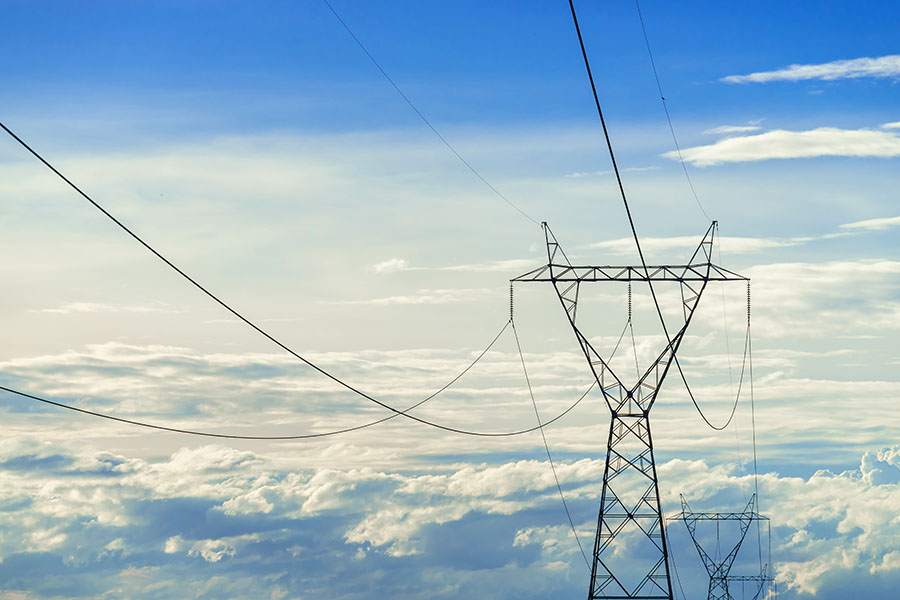Grid access has become the main obstacle to the large-scale deployment of renewable energy in Europe. Currently, hundreds of gigawatts of wind energy projects are awaiting grid connection permits, causing administrative overload and significant delays in the necessary expansion of wind energy.
Ambitious goals and current challenges
The European Union (EU) aims to increase its wind energy capacity from the current 220 GW to 425 GW by 2030 and 1,300 GW by 2050. Wind energy is essential for energy security, affordable electricity, and industrial competitiveness.
However, the main bottleneck for the expansion of wind energy and other renewables is now the electric grid. More than 500 GW of potential wind capacity in countries like France, Germany, Italy, Spain, and the United Kingdom are awaiting grid connection evaluations. Italy and the UK each have over 100 GW in pending projects.
The EU’s response
The EU has recognized the importance of grid expansion for the development of renewable energies. The new EU Grid Action Plan identifies key measures to accelerate the expansion and optimization of Europe’s electric grids. According to Giles Dickson, CEO of WindEurope, “Grid access is now the main obstacle to wind energy development. The system is clogged, stalling hundreds of gigawatts of wind farms, meaning less energy security and higher energy prices.”
Immediate actions and recommendations
The WindEurope report highlights that grid saturation and inefficient planning are the main factors causing connection delays. To address these issues, WindEurope proposes several immediate actions:
- Application of higher public interest: Countries should apply this principle to granting permits for grid infrastructure, allowing processes to be expedited.
- Queue management: Authorities should move away from the “first come, first served” principle and adopt filtering and prioritization criteria. This would reduce the number of projects in the queue and ensure a balanced allocation of grid capacity.
- Efficient planning: Align national grid expansion goals with the renewable energy expansion goals set in the National Energy and Climate Plans (NECPs).
In conclusion, unlocking grid capacity is crucial to achieving the EU’s wind energy goals and ensuring an efficient and sustainable energy transition. Immediate actions and strategic planning are essential to overcoming current challenges and securing a clean and safe energy future for Europe.
